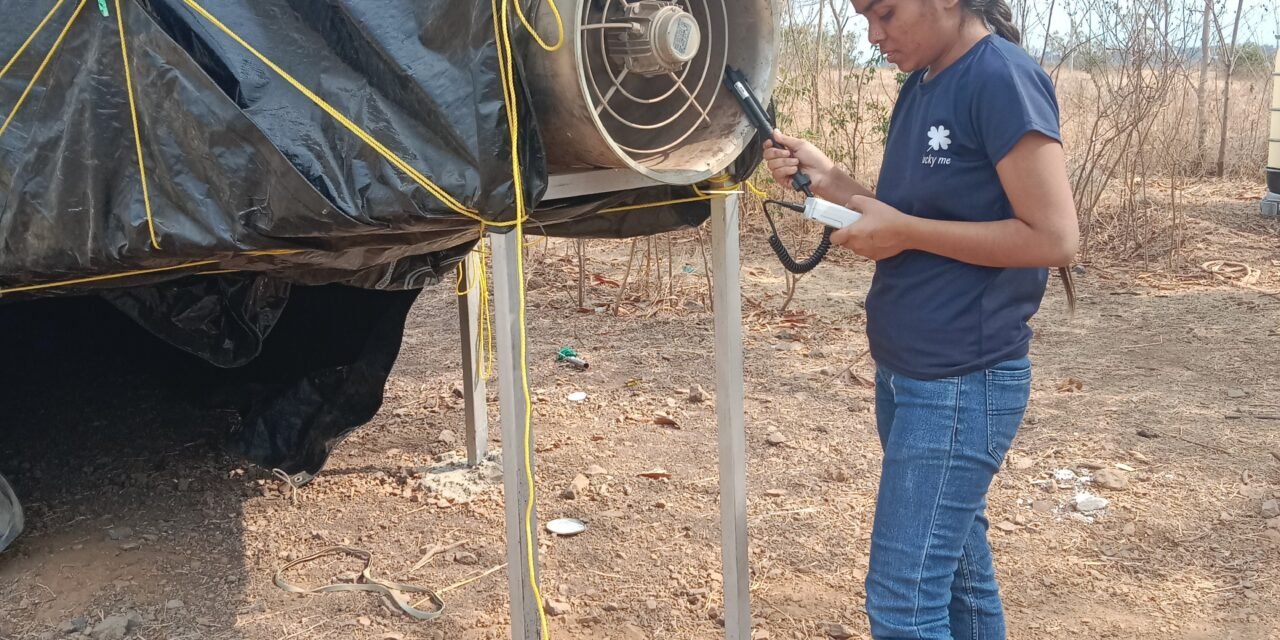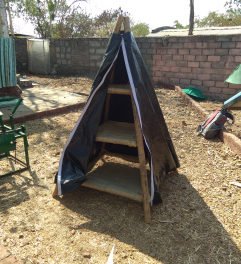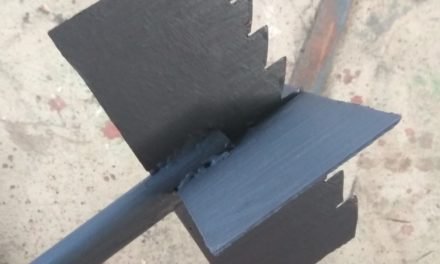Introduction
When we arrived at Vigyan Ashram at that time we got our first assignment of data collection of temperature and humidity for grape drying .Amey kulkarni sir is working on a project of grape drying which is their PHD topic.There are a number of ways to dry grapes. During blog reading we notice that the dome dryer is also used to dry grapes. But we used a flat dryer which is cone shaped at two ends as shown in the picture.We are studying how we can get higher and better yields.
About system and data collection:
The system contains 5 compartments as one above the other. Grapes were spread in these compartments uniformly. This system is packed with black coloured TADPATRI(Plastic Paper).three fans are used there , from those one is exhaust and two are inlets. All these systems can be easily understood from all photos given below. We collected data 4 times in a day (at 7.00 am,11.30 am,3.30 pm,7.00pm) for such measurement we used the device Anemometer. We repeatedly do it for 13 days. In between these two chemical sprays were also given to grapes alternatively and this spray named as oleate & caustic. Temperature and humidity is measured at the inlet and outlet of the system. This humidity is relative humidity so,we calculated specific humidity using the following link. parallely we calculated LOD(loss of drying) everyday. all this data is given in the following table.



Conclusion:
From above observation we conclude that at the daytime that’s mean at 11.30am & 3.30pm temperature and humidity both goes on increasing .we collected data for 4 times in a day.we observed that at 7.00 am and 7.00 pm humidity is too high as compare to humidity at 11.30 am and 3.30 pm. From above data we concluded that grapes drying rate is faster at night time than day time. Atmospheric temperature is one of the greatest barrier in grapes drying because maintaining humidity is tough. Also,we studied that what improvements we have to do.





